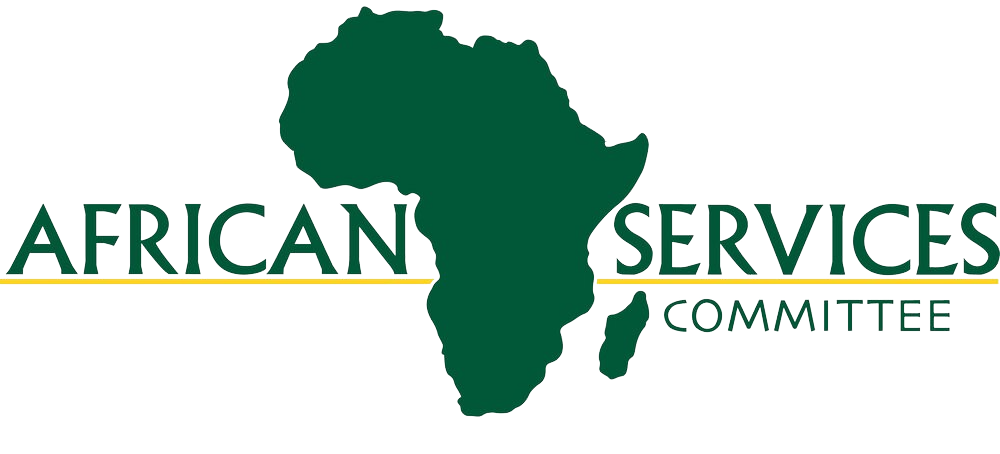Disability Pride Month: Celebrating Identity and Empowering the Disabled Community
Image by pch.vector on Freepik
Did you know that July is Disability Pride Month?
Surprisingly, many individuals, including those with disabilities, are unaware of its existence. Despite being celebrated by some members of the disability community for over 30 years, Disability Pride Month remains relatively unknown. In this blog post, we aim to provide an overview of Disability Pride Month and highlight its significance.
The Origins of Disability Pride Month:
Disability Pride Month traces its roots back to the Americans with Disabilities Act (ADA), which was passed on July 26, 1990, to protect the rights of people with disabilities and prevent discrimination. Following the enactment of the ADA, Boston held the first Disability Pride Day event in July 1990, marking the birth of Disability Pride Month. Since then, numerous cities worldwide, including Los Angeles, New York City, Brighton (UK), and Charleston, have embraced the concept of Disability Pride, organizing events and celebrations throughout July.
Understanding Disability Pride:
Disability Pride, inspired by movements like LGBTQ+ and Black Pride, aims to transform societal perceptions and redefine what it means to have a disability. The Chicago Disability Pride Parade, for instance, focuses on changing societal perspectives, combating internalized shame within the disability community, and promoting the belief that disability is a natural and beautiful aspect of human diversity.
Embracing Pride in Disability:
For many individuals with disabilities, the concept of pride may be unfamiliar. Society has often made them feel inferior or ashamed of their disabled identities, perpetuating a sense of "otherness." The need for accommodations or specialized services can contribute to internalized shame. However, the social model of disability challenges this perspective, emphasizing that it is society's barriers and inaccessibility that disable individuals, not their inherent qualities. By dismantling these barriers and fostering inclusivity, disabled individuals can reclaim their pride and recognize their unique contributions to the world.
The Significance of the Disability Pride Flag:
The Disability Pride Flag, created by Ann Magill, serves as a symbol of unity within the disability community. Each color represents a different aspect of disability, including physical disabilities (red), cognitive and intellectual disabilities (yellow), invisible and undiagnosed disabilities (white), mental illness (blue), and sensory perception disabilities (green). In 2021, the flag was redesigned to ensure accessibility for all individuals, addressing concerns of visual disturbances for those with epilepsy and migraines. This inclusive approach showcases the collaborative spirit and problem-solving abilities of the disability community.
ANN MAGILL
Disability Pride Month offers an opportunity to recognize and honor the disabled community, challenging societal norms and fostering inclusivity. By understanding the significance of Disability Pride, we can build a world that values and respects the experiences and contributions of disabled individuals. Let us come together to celebrate Disability Pride Month and amplify the voices of this incredible community.



